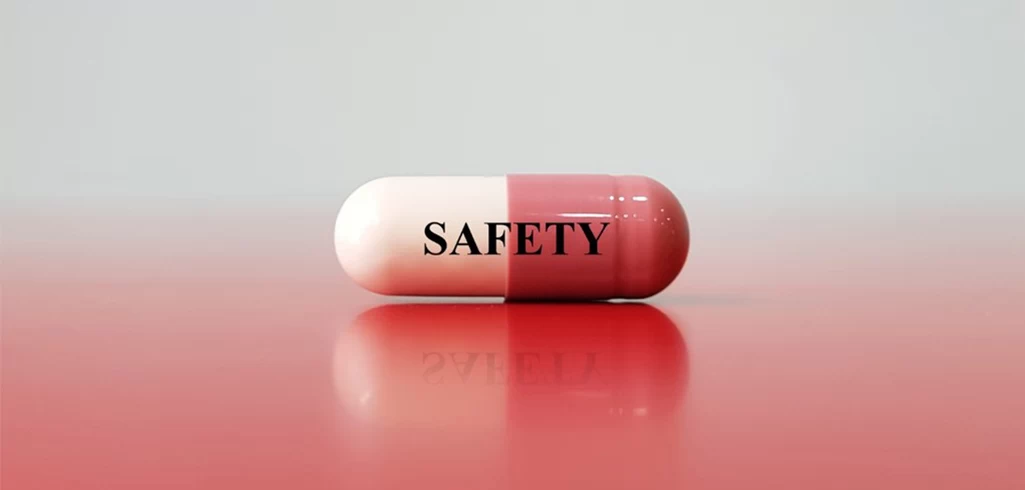Key Interview Questions for Pharmacovigilance Professionals

What is Pharmacovigilance?
Pharmacovigilance, as defined by the World Health Organization (WHO), refers to the science and activities related to identifying, assessing, comprehending, and preventing adverse reactions or other drug-related problems.
Aims of Pharmacovigilance:
- To detect new adverse reactions and interactions early, enhancing patient care and safety.
- To monitor the frequency of known adverse reactions.
- To identify risk factors and possible mechanisms leading to adverse reactions.
- To assess the risk-benefit profile of drugs and distribute the necessary information for improving prescription practices and regulation.
Objectives:
- Data collection.
- Documentation.
- Reporting to regulatory authorities, both for individual cases and periodically.
Goals:
Pharmacovigilance aims to:
- Ensure the safe and appropriate use of medications.
- Analyze and communicate the risks and benefits of drugs available in the market.
- Educate and inform patients.
Types of Pharmacovigilance:
- Active Pharmacovigilance: Actively seeks to identify adverse events during or after treatment through direct inquiries or record reviews, with cohort event monitoring (CEM) being one of the most thorough methods.
- Passive Pharmacovigilance: Relies on spontaneous or voluntary reports from healthcare providers and patients, without any proactive measures taken.
Minimum Criteria for a Valid Case:
- An identifiable reporter.
- An identifiable patient.
- A suspected product.
- An adverse drug reaction (ADR).
Without these details, the case is considered invalid.
Adverse Drug Reaction (ADR):
An adverse drug reaction is an unintended, harmful response to a medication given at normal doses for disease prevention, diagnosis, or treatment.
ADE vs. ADR:
- ADR: A noxious and unintended response to a drug with a confirmed causal link between the suspect drug and the event.
- ADE (Adverse Event): A noxious and unintended outcome that may or may not have a direct link to the drug in question.
Seriousness Criteria for Events:
An event is deemed serious if it results in death, is life-threatening, requires hospitalization or extends existing hospitalization, causes congenital anomalies, leads to disability, or is medically significant.
Sources of Adverse Event Reports:
- Clinical Trials/Phase Reports
- Post-Marketing Reports: These include solicited reports (from studies using a marketed product for a different indication) and spontaneous reports (voluntarily submitted by healthcare professionals or patients).
Reporting Timelines:
- SUSAR cases: Submit within 7 calendar days.
- Serious cases: Submit within 15 calendar days.
- Non-serious cases: Timelines vary; 30 days for the FDA, while the EU allows 90 days for non-serious cases.
Forms for Reporting ADRs/AEs:
- CIOMS (Council for International Organization of Medical Sciences)
- US MedWatch (Form 3500)
- UK Yellow Card
- Australia Blue Card
- India SARRF (Suspected Adverse Reaction Reporting Form)
Regulatory Authorities:
- USA: United States Food and Drug Administration (USFDA)
- UK: Medicines and Healthcare products Regulatory Agency (MHRA)
- Japan: Ministry of Health, Labour, and Welfare (MHLW)
- India: Central Drugs Standard Control Organization (CDSCO)
Medically Significant Event:
This refers to an event that might be serious or sometimes becomes serious but does not meet any of the standard seriousness criteria.
Causality:
The connection between the suspect drug and the adverse event. It can be assessed by either the reporter (reporter’s causality) or the company (company causality). Various methods are used for causality assessment, including the WHO Uppsala Monitoring Centre (UMC) scale, the Naranjo scale, and the French Imputability Scale.
Triage:
Triage is the first step in processing a case, where the goal is to prioritize cases based on factors such as Initial Receipt Date (IRD), seriousness, validity, and duplicate search.
MedDRA:
The Medical Dictionary for Regulatory Activities (MedDRA) is used for coding adverse events. It is updated twice annually—once in March (major update) and once in September (minor update).
Aggregate Reporting:
This process involves compiling all cumulative safety data for a drug from various sources and reporting it periodically to regulatory authorities.
Clinical Trial Phases:
- Phase I: Tests drug safety and dosage, often with healthy volunteers (except for drugs for chronic diseases like cancer or AIDS).
- Phase II: Focuses on drug efficacy and side effects.
- Phase III: Confirms the drug’s effectiveness with a large patient pool before market release.
Volume 9A:
A document prepared by the European Union outlining the pharmacovigilance roles, requirements, procedures, and activities for both marketing authorization holders and competent authorities. It also integrates international agreements made under the International Conference on Harmonisation (ICH).
ICH Guidelines Related to Pharmacovigilance:
- E2A to E2F: Cover various aspects of clinical safety data management, including expedited reporting (E2A), transmission of safety reports (E2B), periodic safety updates (E2C), post-approval safety data management (E2D), pharmacovigilance planning (E2E), and development safety update reports (E2F).
#ADRReporting, #AdverseDrugReactions, #ClinicalTrials, #DrugRegulations, #DrugSafety, #HealthcareCompliance, #Pharmacovigilance, #RiskManagement, #SafetyMonitoring
Posted onAugust 31, 2024

